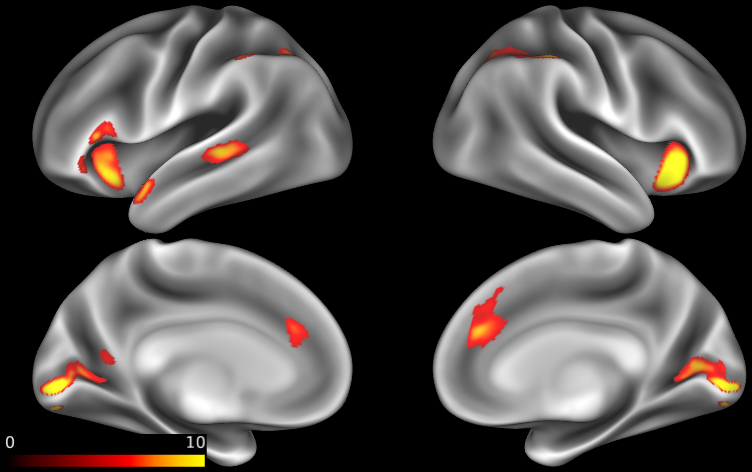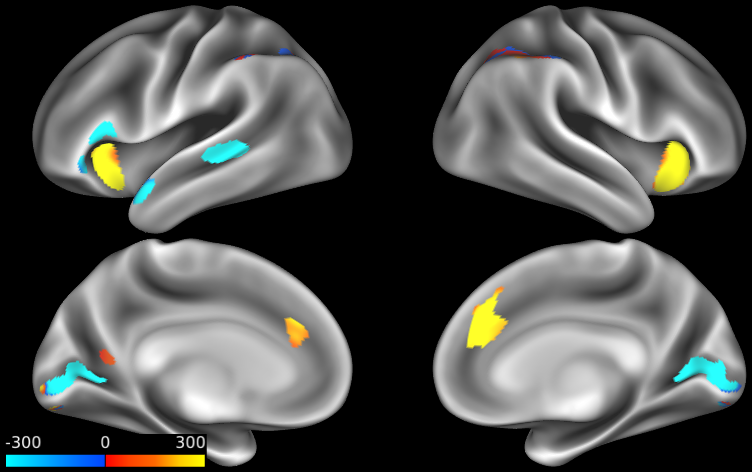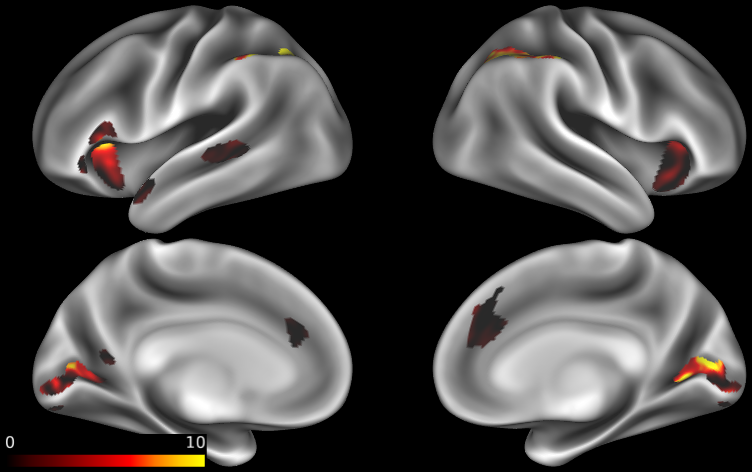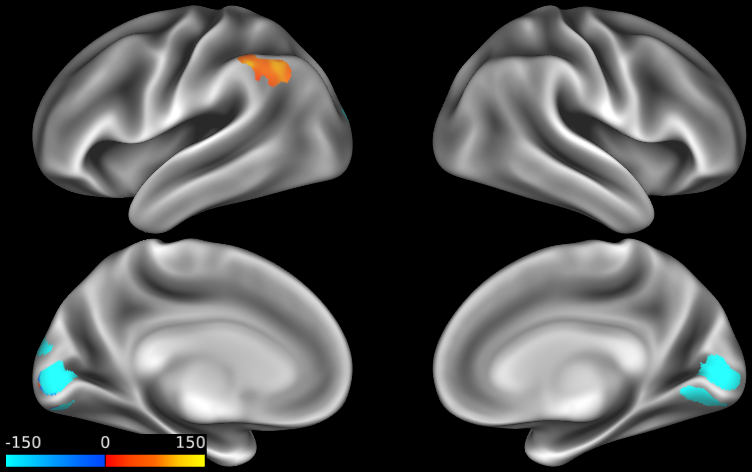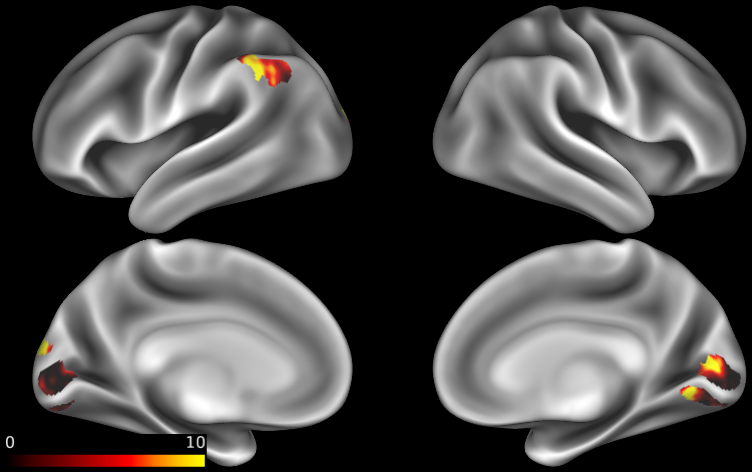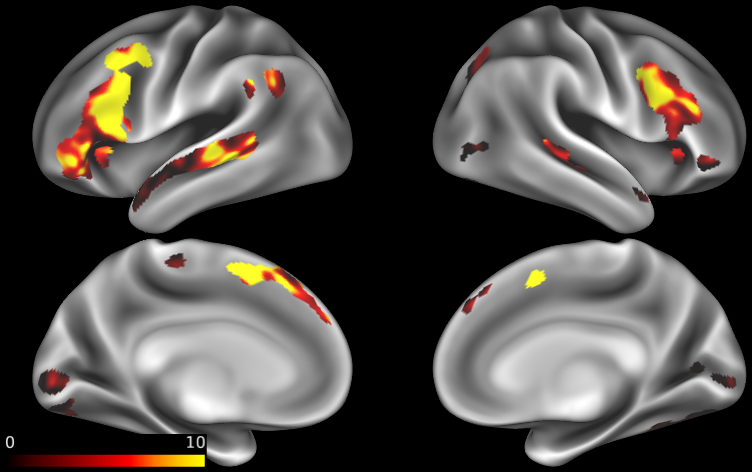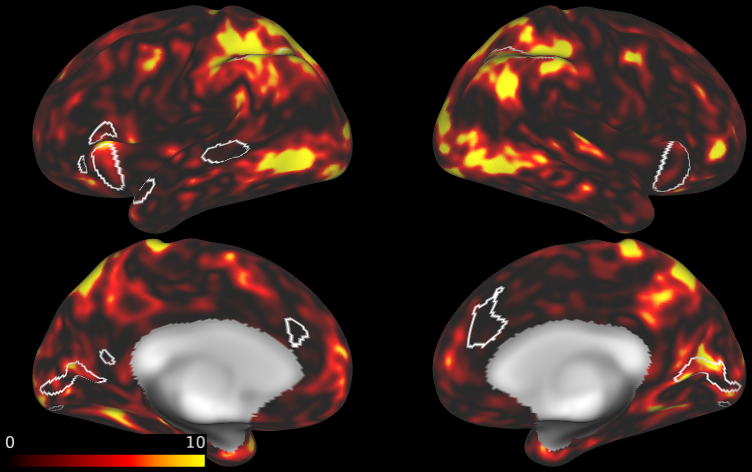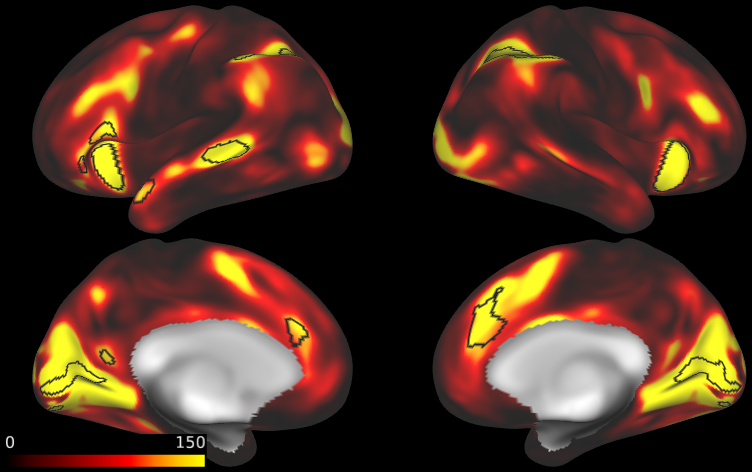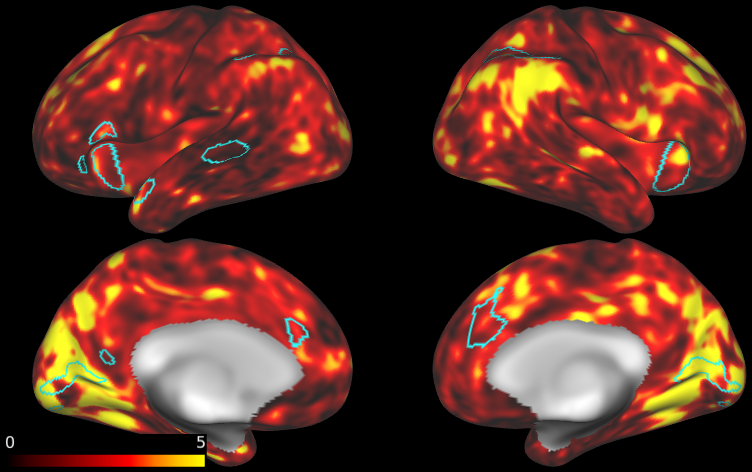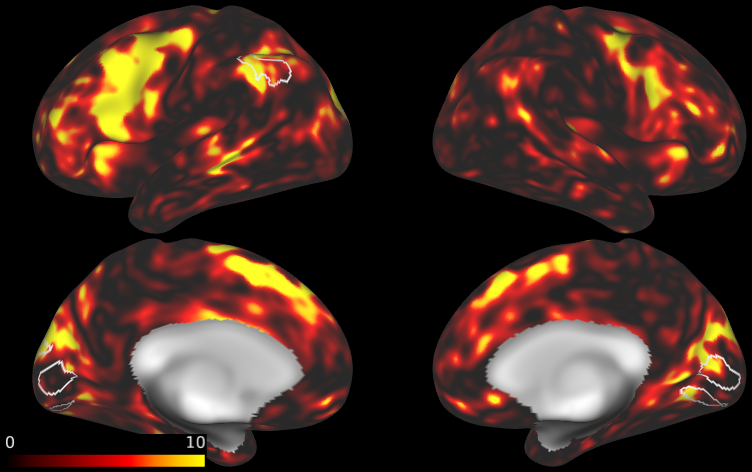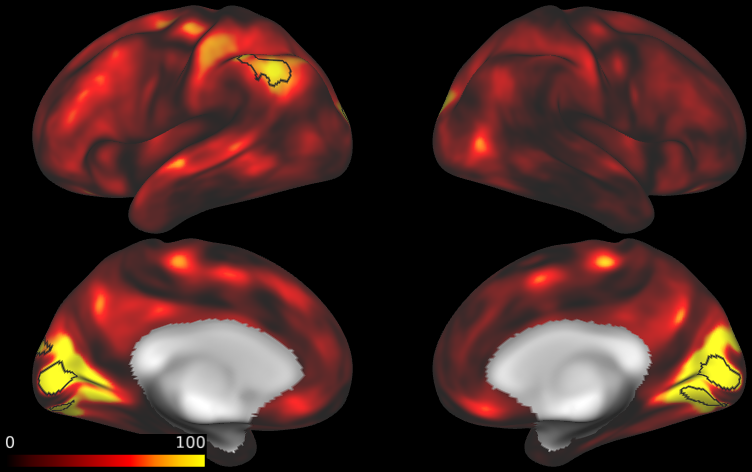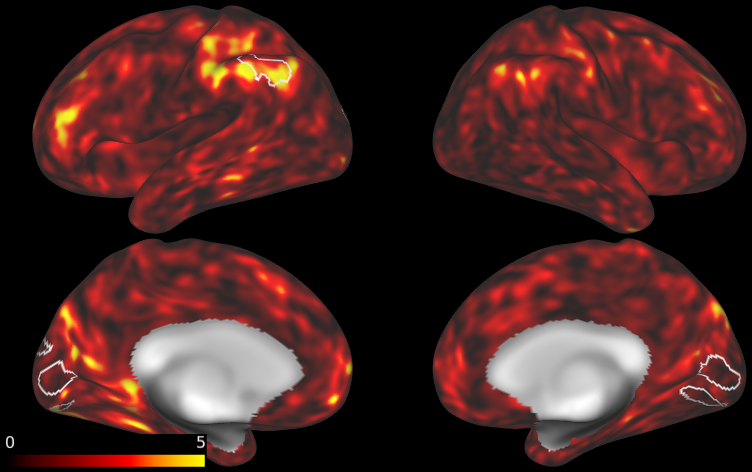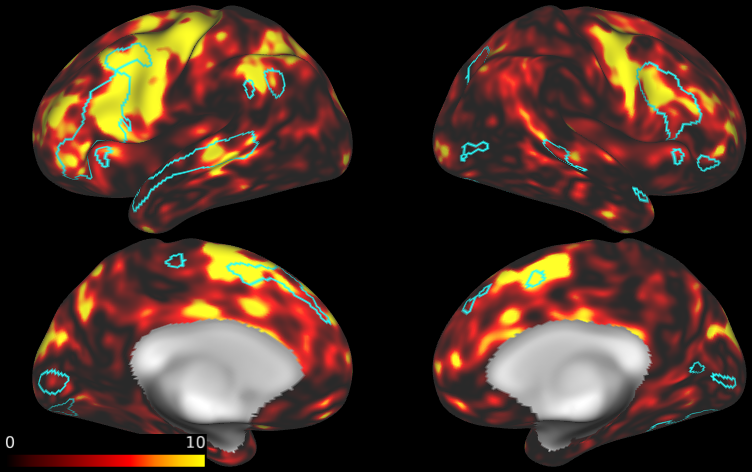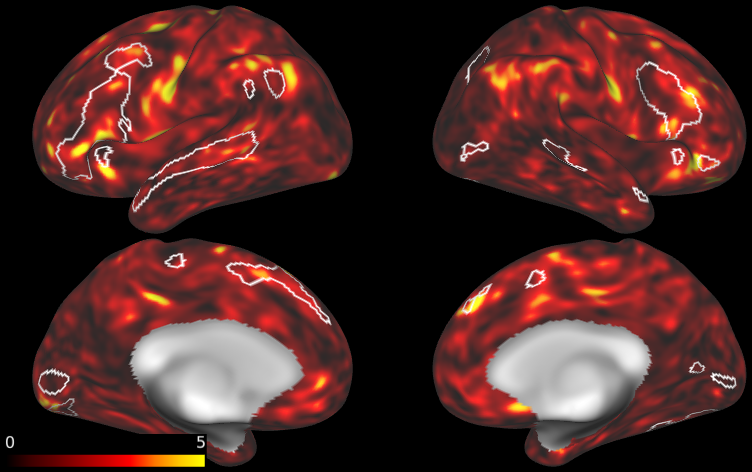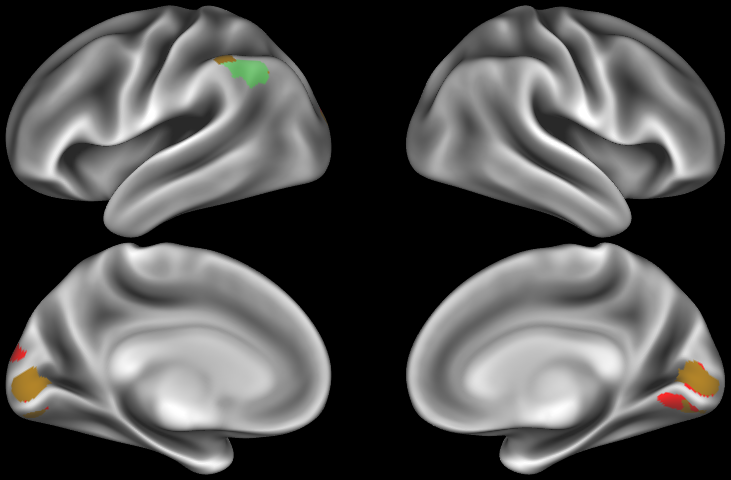FULL TITLE:
Neural responses to reward valence and magnitude from pre- to early adolescence
SPECIES:
Human
ABSTRACT:
Background: Neural activation during reward processing is thought to underlie critical behavioral changes that take place during the transition to adolescence (e.g., learning, risk-taking). Though literature on the neural basis of reward processing in adolescence is booming, important gaps remain. First, more information is needed regarding changes in functional neuroanatomy in early adolescence. Another gap is understanding whether sensitivity to different aspects of the incentive (e.g., magnitude and valence) changes during the transition into adolescents. We used fMRI from a large sample of preadolescent children to characterize neural responses to reward valence vs. magnitude during anticipation and feedback, and their change over a period of two years.
Methods: Data was taken from the Adolescent Cognitive and Brain DevelopmentSM (ABCD) study release 3.0. Children completed the Monetary Incentive Delay task at baseline (ages 9-10) and year 2 follow-up (ages 11-12). Based on data from two sites (N=491), we identified activation-based Regions of Interest (ROIs; e.g., striatum, prefrontal regions, etc.) that were sensitive to trial type (win $5, win $0.20, neutral, lose $0.20, lose $5) during anticipation and feedback phases. Then, in an independent subsample (N=1470), we examined whether these ROIs were sensitive to valence and magnitude and whether that sensitivity changed over two years.
Results: Our results show that most ROIs involved in reward processing (including the striatum, prefrontal cortex, and insula) are specialized, i.e., mainly sensitive to either incentive valence or magnitude, and this sensitivity was consistent over a 2-year period. The effect sizes of time and its interactions were significantly smaller (0.002<=η2<=0.02) than the effect size of trial type (0.06<=η2<=0.30). Interestingly, specialization was moderated by reward processing phase but was stable across development. Biological sex and pubertal status differences were few and inconsistent. Developmental changes were mostly evident during success feedback, where neural reactivity increased over time.
Conclusions: Our results suggest sub-specialization to valence vs. magnitude within many ROIs of the reward circuitry. Additionally, in line with theoretical models of adolescent development, our results suggest that the ability to benefit from success increases from pre- to early adolescence. These findings can inform educators and clinicians and facilitate empirical research of typical and atypical motivational behaviors during a critical time of development.
PUBLICATION:
Neuroimage
- Reuma Gadassi Polack
- Jessica A. Mollick
- Hanna Keren
- Jutta Joormann
- Richard Watts
- Yale University
-
Reward_valence_magnitude.scene
SCENES:- Figure1a_Antic_trialtype_492
- Figure1b_Failure_trialtype_492
- Figure1c_Success_trialtype_492
- Figure2_Anticipation_magnitude-valence_1470
- Figure3_Anticipation_time_1470
- Figure4_Failure_magnitude-valence_1470
- Figure5_Failure_time_1470
- Figure6_Success_magnitude-valence_1470
- Figure7_Success_time_1470
- FigureS1a_Anticipation_time_1470
- FigureS1b_Anticipation_trialtype_1470
- FigureS1c_Anticipation_timextrialtype_1470
- FigureS2a_Failure_time_1470
- FigureS2b_Failure_trialtype_1470
- FigureS2c_Failure_timextrialtype_1470
- FigureS3a_Success_time_1470
- FigureS3b_Success_trialtype_1470
- FigureS3c_Success_timextrialtype_1470
- Figure S4a_Anticipation_magnitude_valence_Fstat_gt_50
- Figure S4b_Failure_magnitude_valence_Fstat_gt_50
- Figure S4c_Success_magnitude_valence_Fstat_gt_50

